Home>Garden Essentials>Why Do Fruits Have Seeds
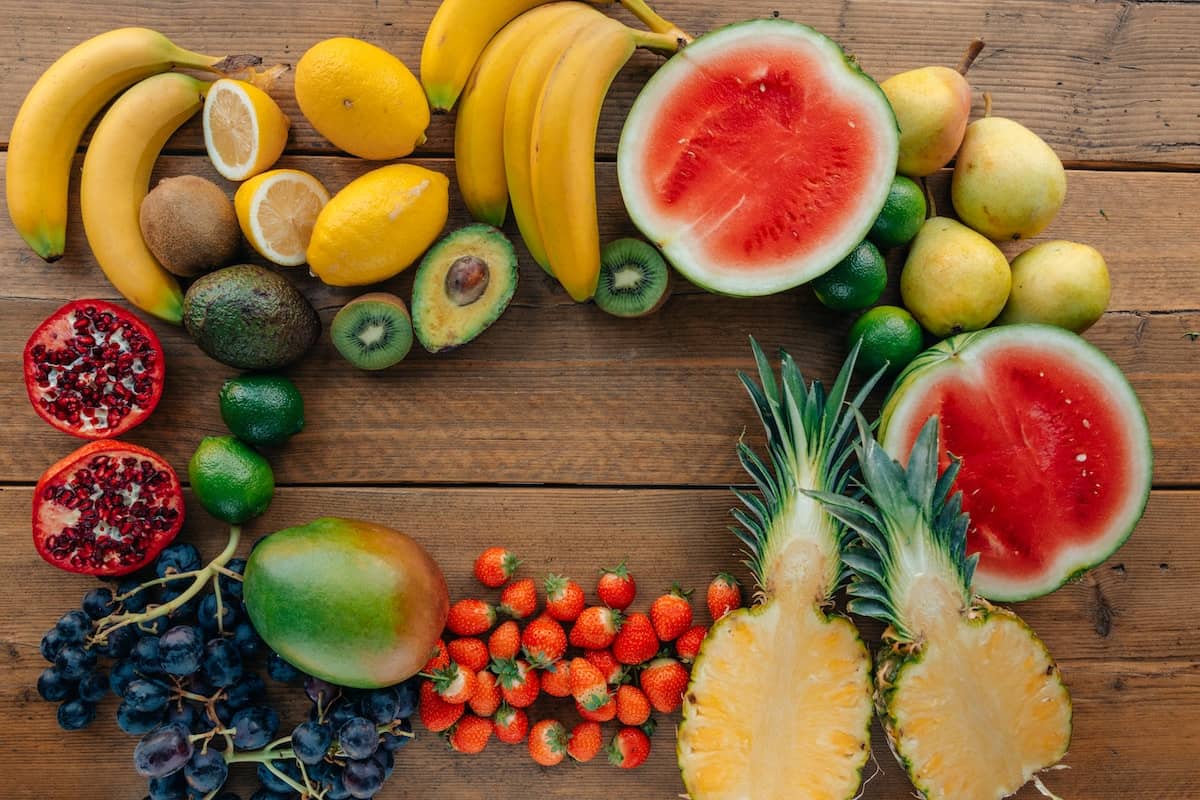

Garden Essentials
Why Do Fruits Have Seeds
Modified: March 24, 2024
Discover the intriguing reasons behind why fruits have seeds in your garden. Explore the role of seeds in plant reproduction and the benefits they provide, enhancing your gardening experience.
(Many of the links in this article redirect to a specific reviewed product. Your purchase of these products through affiliate links helps to generate commission for Storables.com, at no extra cost. Learn more)
Introduction
When we think of fruits, we often associate them with their delicious taste and vibrant colors. But have you ever wondered why fruits have seeds? These tiny, often overlooked components play a crucial role in the reproductive cycle of plants. In this article, we will delve into the fascinating world of seed formation in fruits and explore the importance of seeds in the process of plant reproduction.
Fruits are the mature ovaries of flowering plants, and their primary purpose is to protect and disperse seeds. Each fruit contains one or more seeds, which are the product of pollination and fertilization. Seed formation begins with the fusion of a pollen grain with the egg cell inside the ovule, resulting in the formation of an embryo. This embryo develops into a seed, which is surrounded by a protective seed coat.
The presence of seeds in fruits is essential for the survival and proliferation of plant species. Seeds carry the genetic information of the parent plant and ensure the continuity of the species. Each seed contains the necessary nutrients and resources for the embryo to develop into a new plant. As the fruit ripens, it acts as a protective barrier, providing a favorable environment for the seed to grow.
But aside from their role in reproduction, seeds in fruits also serve as a means of dispersal. Plants have evolved various mechanisms to scatter their seeds away from the parent plant, increasing the chances of successful germination and reducing competition for resources. Let’s explore some of the common methods of seed dispersal:
Key Takeaways:
- Seeds in fruits are essential for plants to reproduce and survive. They carry genetic information, disperse efficiently, and provide protection for new plant growth.
- Fruits attract animals to help disperse seeds. This relationship benefits both plants and animals, allowing for the colonization of new habitats.
Read more: What Fruits Have Seeds On The Outside
Seed Formation in Fruits
Seed formation in fruits is a complex process that begins with pollination, the transfer of pollen from the male reproductive organs of a flower (the stamen) to the female reproductive organs (the pistil). Once the pollen reaches the pistil, it travels down the style to the ovary, where fertilization occurs.
Fertilization involves the fusion of the male gametes from the pollen with the female gametes in the ovule. This process leads to the development of an embryo inside the ovule, which eventually becomes the seed. The ovule also undergoes changes and transforms into the seed coat, which protects the embryo from external threats.
During seed formation, several essential factors come into play. One such factor is the presence of hormones, including auxin and gibberellins, which regulate the growth and development of the embryo. These hormones ensure the proper differentiation of cells and the establishment of essential structures within the seed.
The process of seed formation is also influenced by environmental factors such as temperature, light, and moisture. Optimal conditions are necessary for successful fertilization, embryo development, and seed maturation. Adequate nutrients and resources provided by the parent plant through the fruit contribute to the growth and nourishment of the seed.
As the seed develops within the fruit, the fruit undergoes changes too. The fruit’s skin or flesh may become fleshy and sweet, attracting animals that play a crucial role in seed dispersal. This process is part of the plant’s strategy to ensure the widespread distribution of its offspring.
It’s important to note that not all fruits develop seeds. In some plant species, fruits may be seedless due to genetic modifications or other factors. However, the majority of fruits serve as vessels for seed formation and dispersal, contributing to the survival and evolution of plant species.
Importance of Seeds in Reproduction
Seeds are crucial for the reproduction and survival of plant species. They play a vital role in the genetic continuity of plants and the establishment of new individuals. Let’s explore some of the key reasons why seeds are essential in the reproductive process.
1. Genetic Continuity: Seeds carry the genetic information of the parent plant, ensuring the continuity of the species. Through sexual reproduction via seeds, plants can pass on their unique traits and adaptations to the next generation. This enables plants to adapt and evolve in response to changing environmental conditions.
2. Efficient Dispersal: Seeds allow for efficient dispersal of plant offspring. By being contained within fruits, seeds have various methods of dispersing away from the parent plant. They may utilize the wind, water, animals, or even explosive mechanisms to disperse over wide distances. This dispersal increases the chances of successful germination and reduces competition with parent plants for resources.
3. Survival in Challenging Environments: Seeds provide plants with a survival mechanism in harsh environments. Some plants produce seeds with protective structures such as hard seed coats or specialized adaptations that enable them to withstand extreme temperatures, drought, or other challenging conditions. These adaptations enhance the chances of successful germination when conditions become favorable.
4. Dormancy and Delayed Germination: Seeds have the ability to enter a state of dormancy, where they can survive unfavorable conditions, such as cold winters or dry seasons. Dormancy helps seeds avoid germination during unfavorable times and ensures that they will only sprout when conditions are suitable for growth and survival.
5. Colonization of New Habitats: Seeds allow plants to colonize new habitats and expand their range. Through seed dispersal, plants can reach distant and unoccupied areas, providing opportunities for colonization and establishment. This ability to colonize new habitats enhances plant species’ resilience and adaptability.
Overall, seeds are essential for the reproductive success and long-term survival of plant species. By carrying genetic information, facilitating efficient dispersal, enabling survival in challenging environments, and promoting colonization, seeds ensure the continued existence and evolutionary potential of plants.
Fruits have seeds because they are the way plants reproduce. When animals eat the fruit, they spread the seeds to new places, helping the plant to grow in different areas.
Mechanisms of Seed Dispersal
Seeds rely on various mechanisms for dispersal, ensuring their wide distribution and the establishment of new plant populations in diverse habitats. Let’s explore some of the common methods of seed dispersal:
1. Wind Dispersal: Many plants have adapted to disperse their seeds through the air. These seeds are usually small, lightweight, and equipped with structures like wings, hairs, or parachutes that enhance their ability to catch the wind. As the wind blows, the seeds are carried away from the parent plant, dispersing over long distances. Examples of wind-dispersed seeds include dandelions, maples, and cottonwood trees.
2. Water Dispersal: Some plants have evolved to disperse their seeds through bodies of water. These seeds are usually buoyant and have structures that help them float, such as air-filled pockets or protective coatings. Water currents carry the seeds away from the parent plant, and they can be transported to new habitats where they may settle and germinate. Coconut palms are a classic example of plants that use water dispersal to colonize new coastal areas.
3. Animal Dispersal: Animals play a significant role in seed dispersal. Fruits attract animals with their enticing colors, smells, and flavors. Animals feed on the fruits, and as they consume them, they inadvertently ingest the seeds. The seeds then pass through the animal’s digestive system and are excreted in different locations, aiding in their dispersal. Some animals, like birds and bats, are particularly important in seed dispersal as they can travel long distances. Examples of animal-dispersed seeds include berries, nuts, and many tropical fruits.
4. Explosive Dispersal: Certain plants have developed fascinating mechanisms to disperse their seeds explosively. These plants have fruits or seedpods that build up internal pressure as they mature. When the pressure reaches a tipping point, the fruit or pod explosively bursts open, propelling the seeds away from the parent plant. This mechanism ensures that the seeds are scattered over a wide area. The touch-me-not plant (Mimosa pudica), for instance, disperses its seeds through explosive pods.
5. Self-Dispersal: Some plants have evolved mechanisms to disperse their seeds independently. These include plants with seed capsules or fruits that naturally split open when ripe, releasing the seeds. The force of the split or mechanical movements of the plant can propel the seeds away from the parent plant. Examples include plants in the pea family (Fabaceae) such as peas, beans, and lupines.
These various mechanisms of seed dispersal ensure that plant populations can colonize new habitats, reduce competition with parent plants, and increase the chances of successful germination. The diversity of dispersal strategies employed by plants reflects their adaptability and survival strategies in different environments.
The Evolutionary Significance of Seeds in Fruits
The presence of seeds in fruits has significant evolutionary implications for plants. The emergence of fruits and the development of seeds within them have played a crucial role in the success and diversification of plant species. Let’s explore the evolutionary significance of seeds in fruits:
1. Enhanced Reproduction: The evolution of fruits and seeds has allowed plants to adopt sexual reproduction as their primary mode of reproduction. By producing seeds within fruits, plants can undergo cross-pollination, leading to increased genetic diversity and the ability to adapt to changing environments. Unlike asexual reproduction, which produces genetically identical offspring, sexual reproduction via seeds promotes genetic variation and evolutionary flexibility.
2. Efficient Seed Dispersal: Fruits have evolved to aid in the dispersal of seeds, ensuring the colonization of new habitats and minimizing competition for resources. By enticing animals to consume their fruits, plants utilize these animals as agents of dispersal. Animals ingest the seeds, carry them away from the parent plant, and deposit them in new locations through their excrement. This strategy allows plants to occupy diverse ecological niches and expand their range.
3. Protection and Nourishment: Seeds in fruits benefit from the protective and nourishing environment provided by the fruit. The fruit acts as a shield, safeguarding the developing seed from physical damage and pathogens. Additionally, fruits often contain nutrients that enhance the growth and development of the seeds, ensuring their viability once dispersed. This protective mechanism gives seeds a better chance of successfully germinating and establishing new plants.
4. Dormancy and Timing: The evolutionary development of seed dormancy allows plants to synchronize seed germination with favorable environmental conditions. Dormant seeds can remain viable for extended periods until conditions become suitable for growth and survival. This adaptability enables plants to colonize new habitats and respond to fluctuating environmental conditions, further enhancing their long-term survival and evolutionary success.
5. Coevolution with Seed Dispersers: Plants and their seed dispersers have engaged in a coevolutionary relationship over millions of years. As plants developed fruits and seeds as a means of reproduction and dispersal, animals, such as birds, mammals, and insects, evolved specialized mechanisms to access and consume these fruits. These interactions have shaped the morphology, color, smell, and taste of fruits, making them attractive to specific seed dispersers. In turn, seed dispersers benefit from the nutritional rewards provided by the fruits.
Overall, the evolution of seeds within fruits has been instrumental in the reproductive success and diversification of plant species. The capacity for sexual reproduction, efficient seed dispersal, protection and nourishment provided by fruits, dormancy mechanisms, and coevolution with seed dispersers have allowed plants to thrive in various ecosystems and adapt to changing environmental conditions. The presence of seeds in fruits is a testament to the remarkable evolutionary strategies that plants have developed over time.
Read more: What Fruit Does Not Have Seeds
Conclusion
Fruits and seeds are not just delightful components of the natural world; they are intricately linked to the reproductive success and survival of plant species. Seeds formed within fruits carry the genetic information necessary for the continuity and evolution of plants. They are dispersed through various mechanisms, ensuring their widespread distribution and colonization of diverse habitats.
The evolution of fruits and seeds has enabled plants to adopt sexual reproduction, leading to increased genetic diversity and adaptability. Fruits attract animals with their appealing colors, smells, and flavors, serving as a means of dispersal for the enclosed seeds. Animals inadvertently contribute to the dispersal of seeds as they consume fruits and transport the seeds to new locations through their digestive systems. This efficient dispersal mechanism reduces competition with parent plants and allows for the colonization of new habitats.
Seeds in fruits offer protection and nourishment to the developing embryo, enhancing the chances of successful germination and establishment. The evolution of seed dormancy permits plants to synchronize seed germination with favorable environmental conditions, contributing to their long-term survival and adaptation to changing climates.
Furthermore, the coevolution between plants and seed dispersers has played a crucial role in shaping the characteristics of fruits and the behavior of animals. Plants produce fruits that cater to specific seed dispersers, benefiting both parties in a mutually beneficial relationship.
In conclusion, the presence of seeds in fruits is not accidental or arbitrary but rather a sophisticated and purposeful mechanism developed by plants. Fruits and seeds, through their reproductive and dispersal strategies, are fundamental to the survival, evolution, and proliferation of plant species. Understanding the intricate relationship between fruits and seeds allows us to appreciate the remarkable beauty and importance of these botanical wonders in the natural world.
Frequently Asked Questions about Why Do Fruits Have Seeds
Was this page helpful?
At Storables.com, we guarantee accurate and reliable information. Our content, validated by Expert Board Contributors, is crafted following stringent Editorial Policies. We're committed to providing you with well-researched, expert-backed insights for all your informational needs.
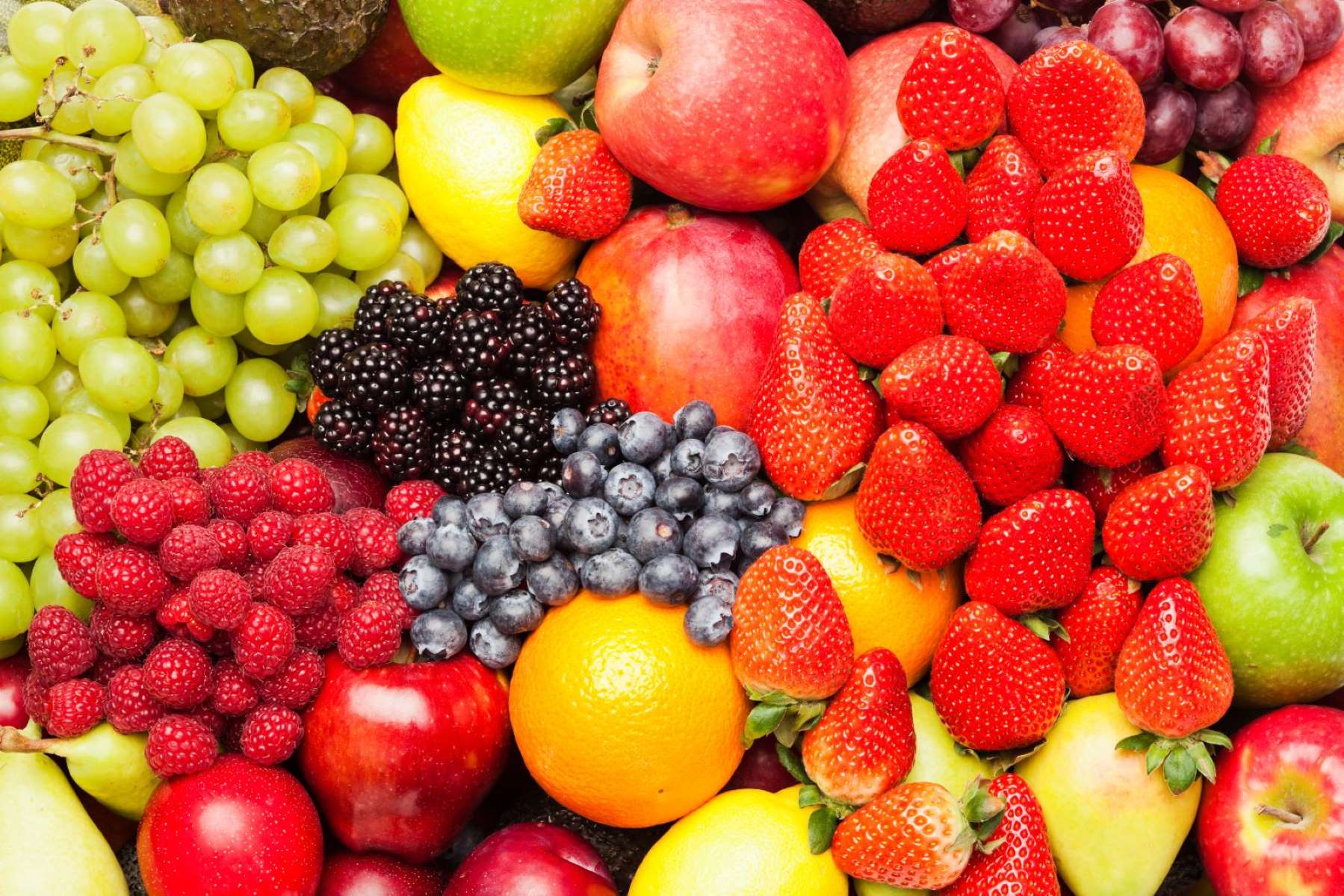

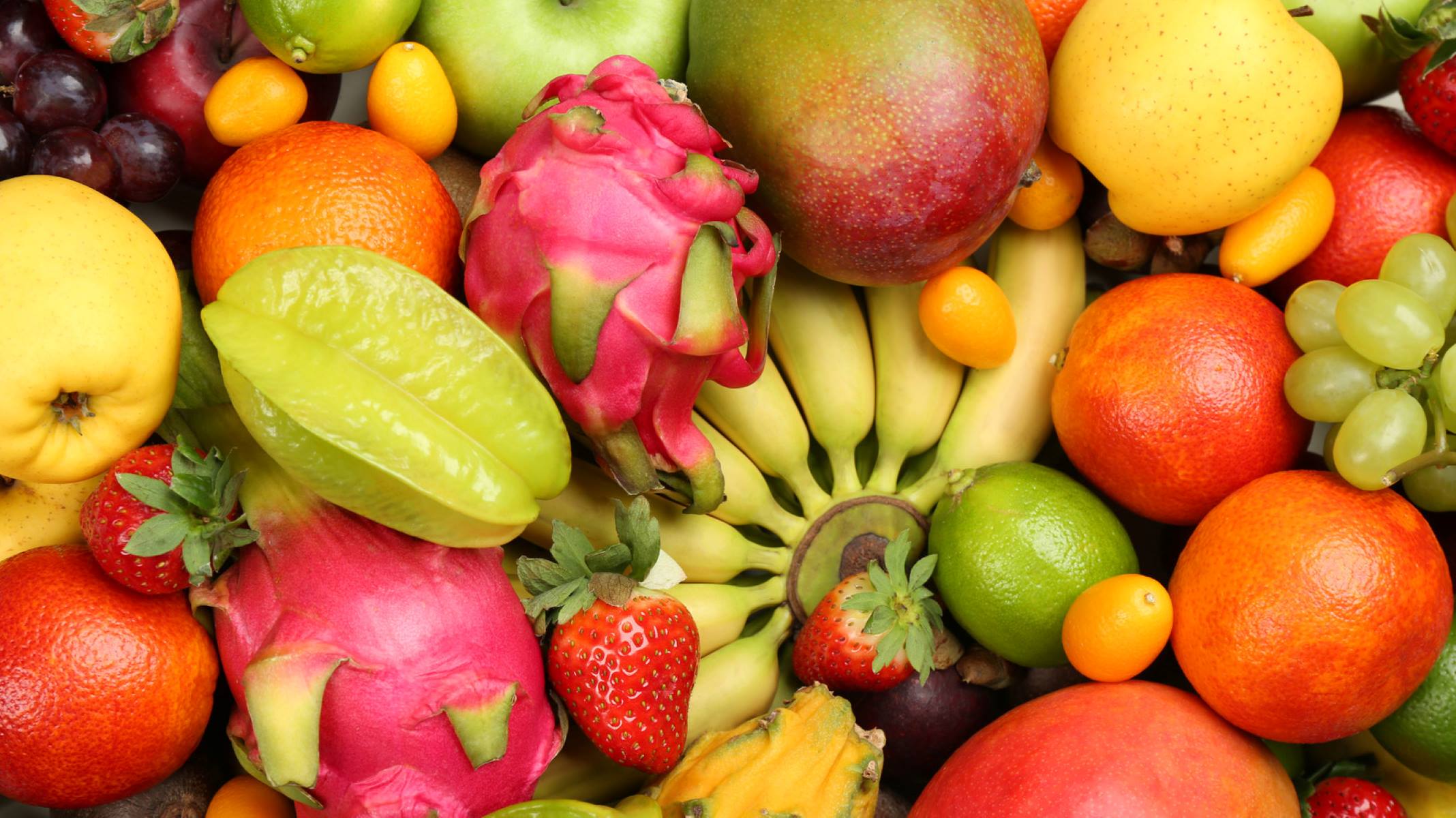

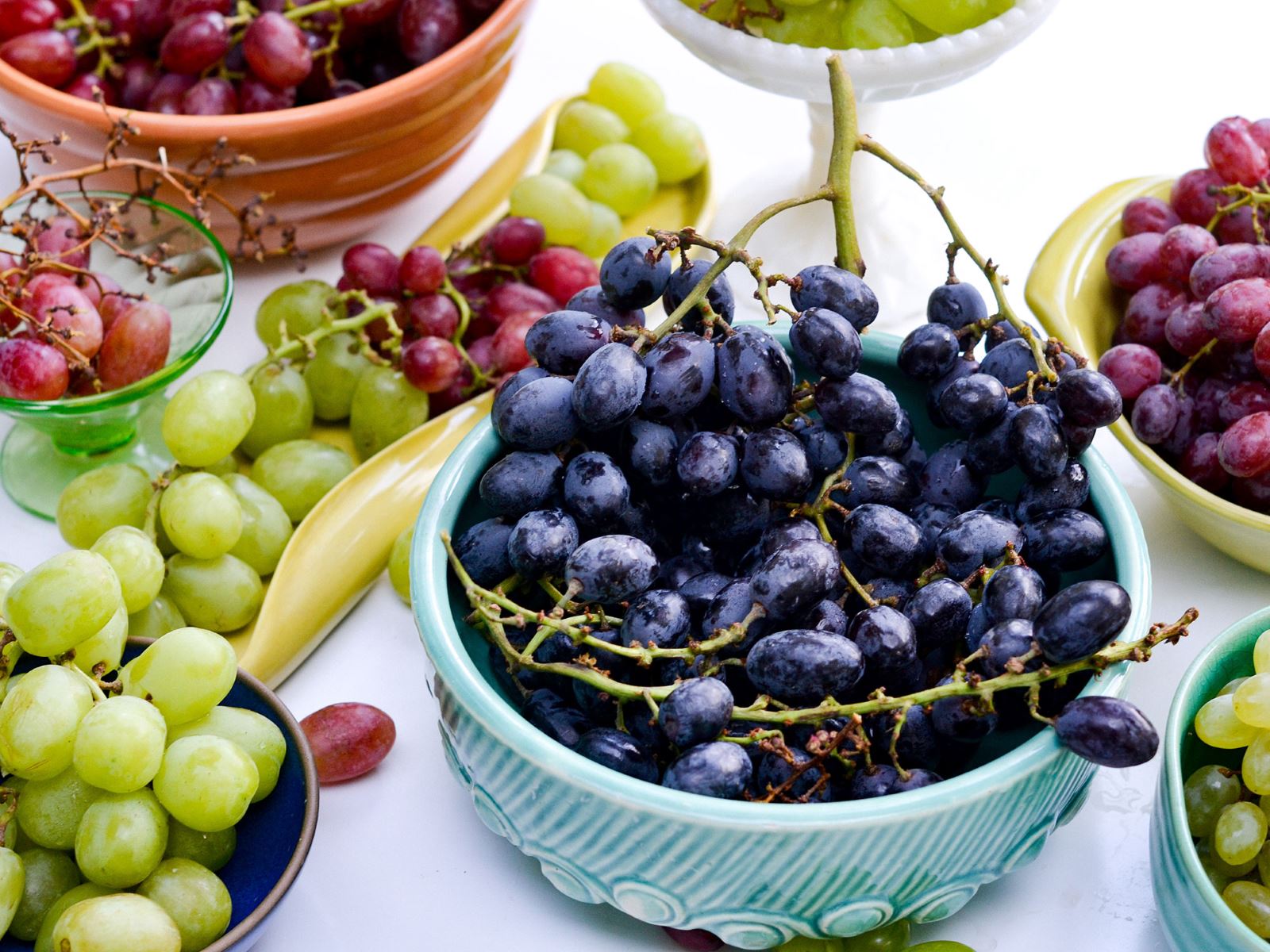
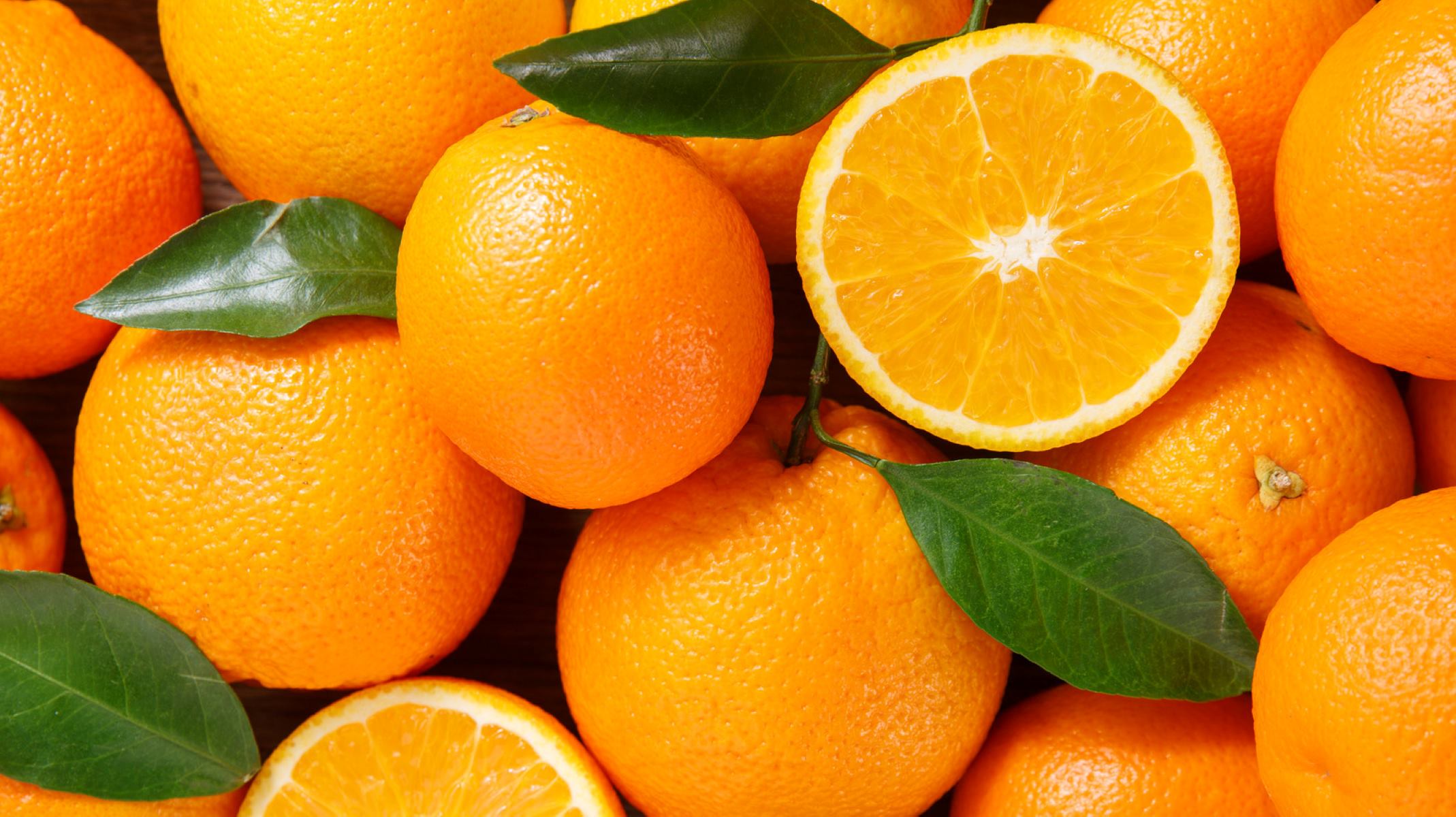
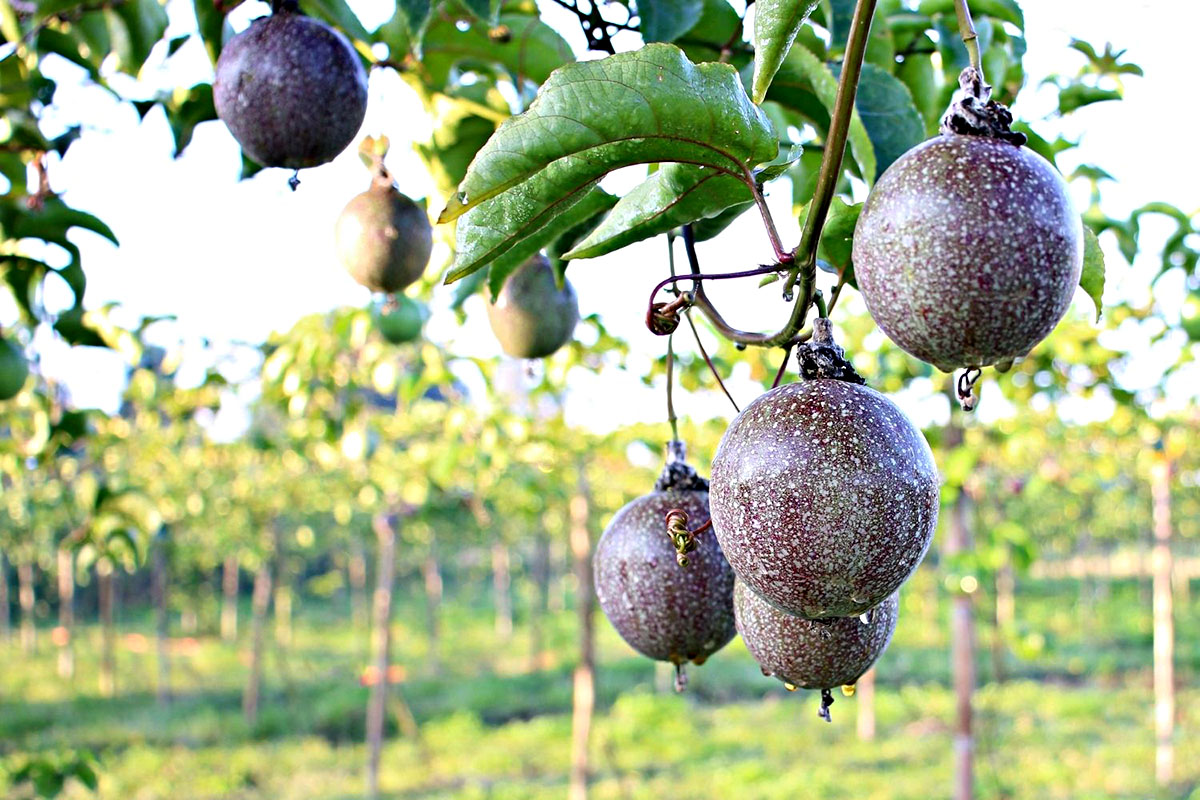

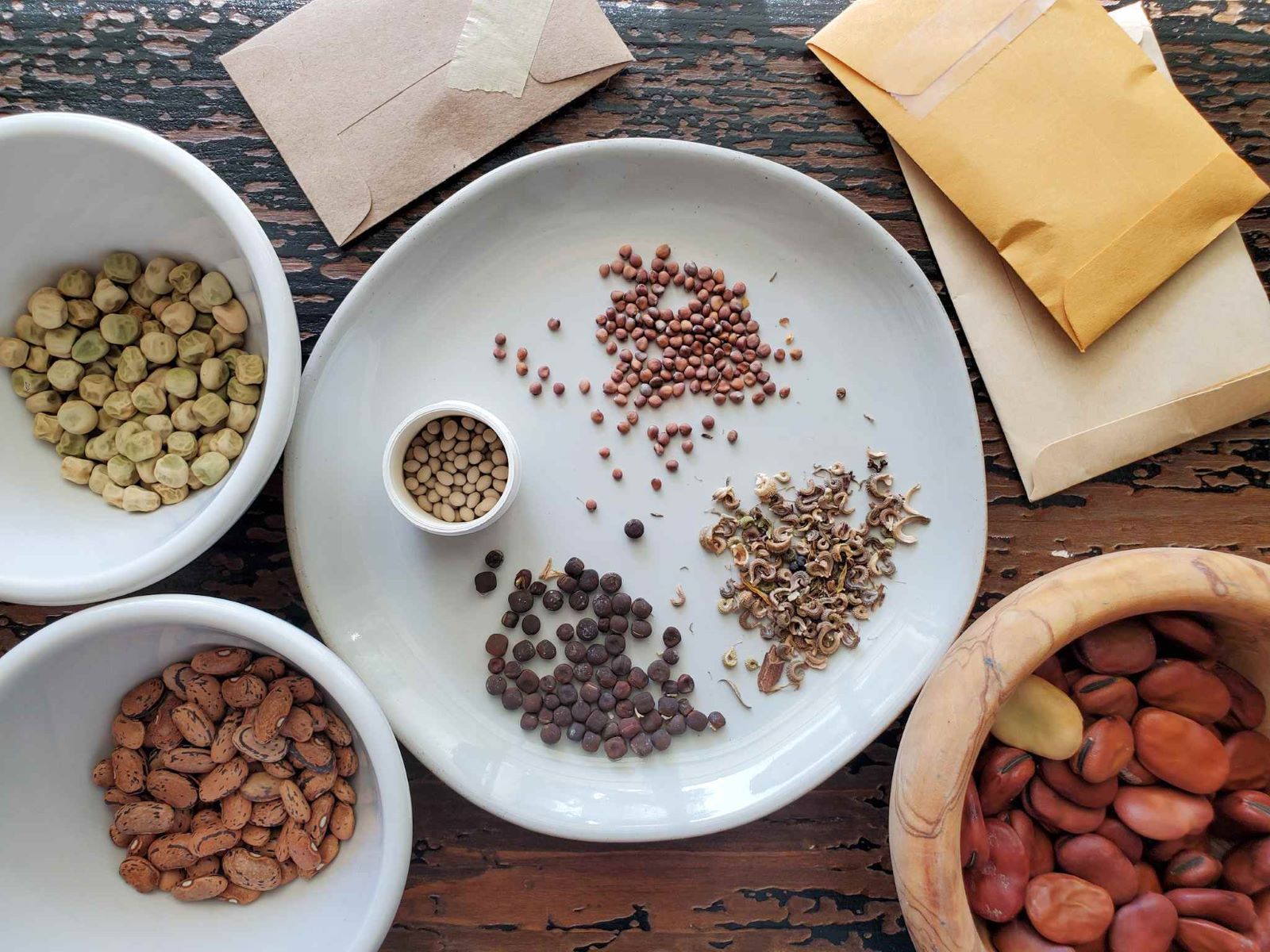
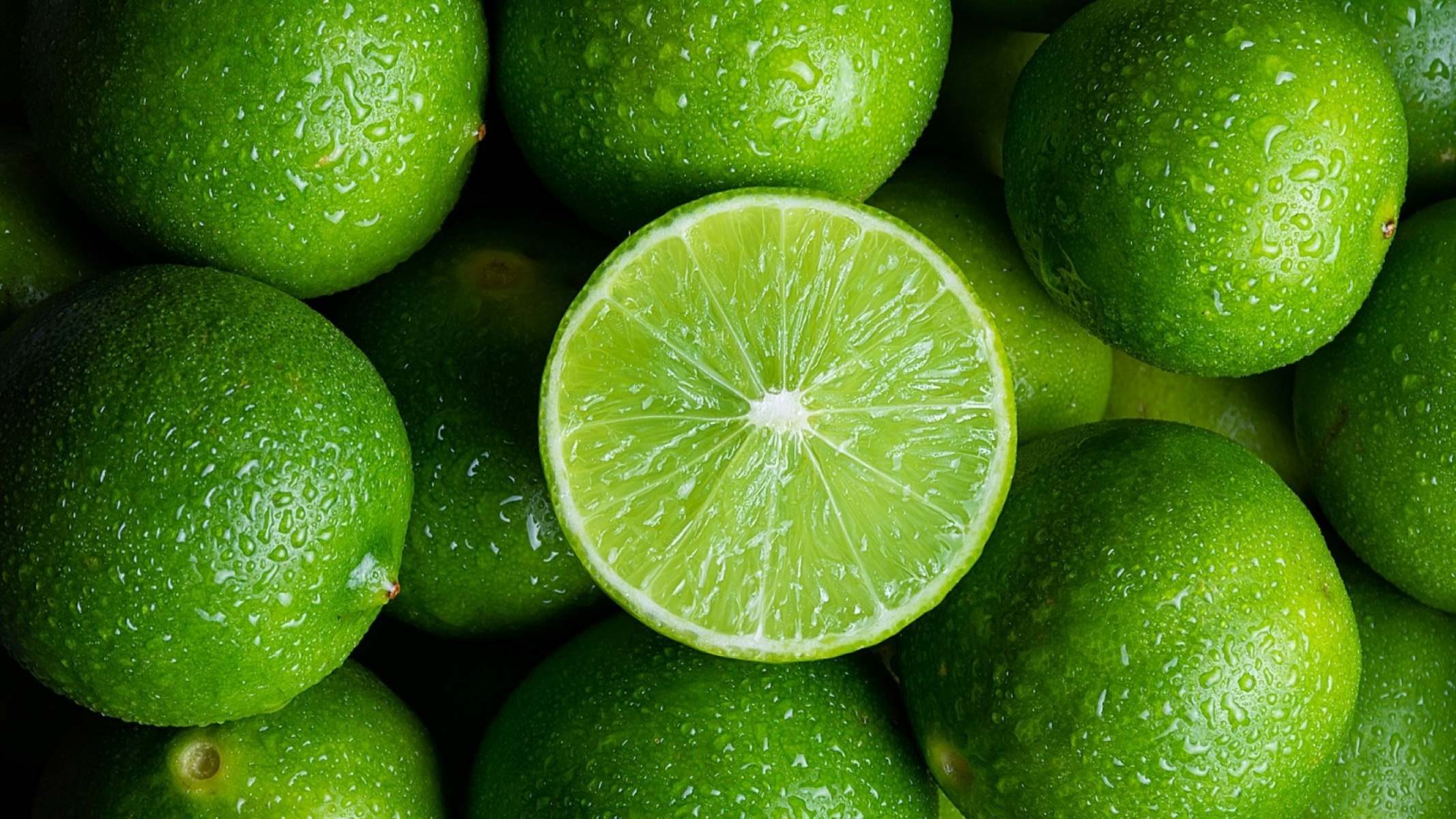
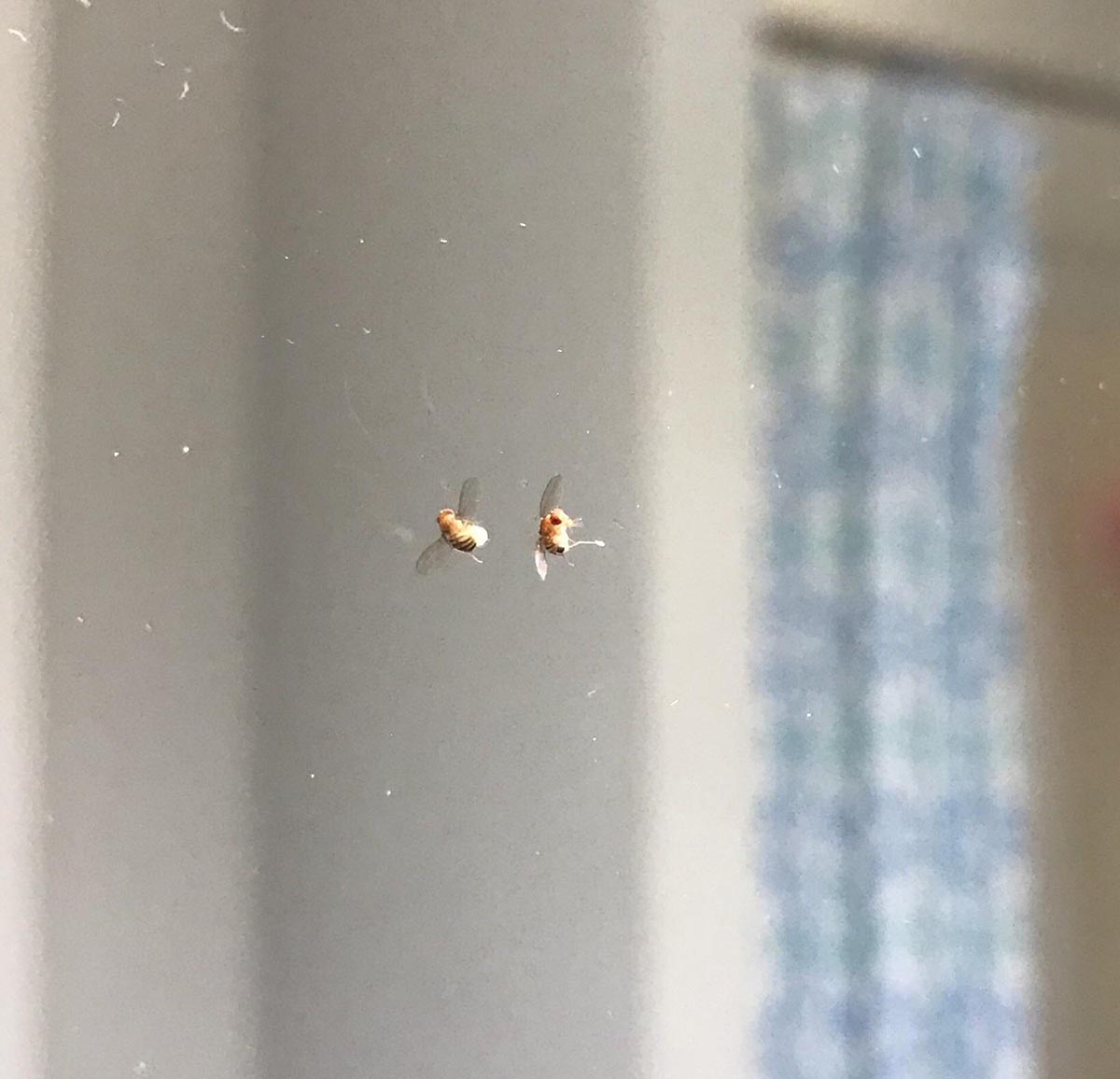
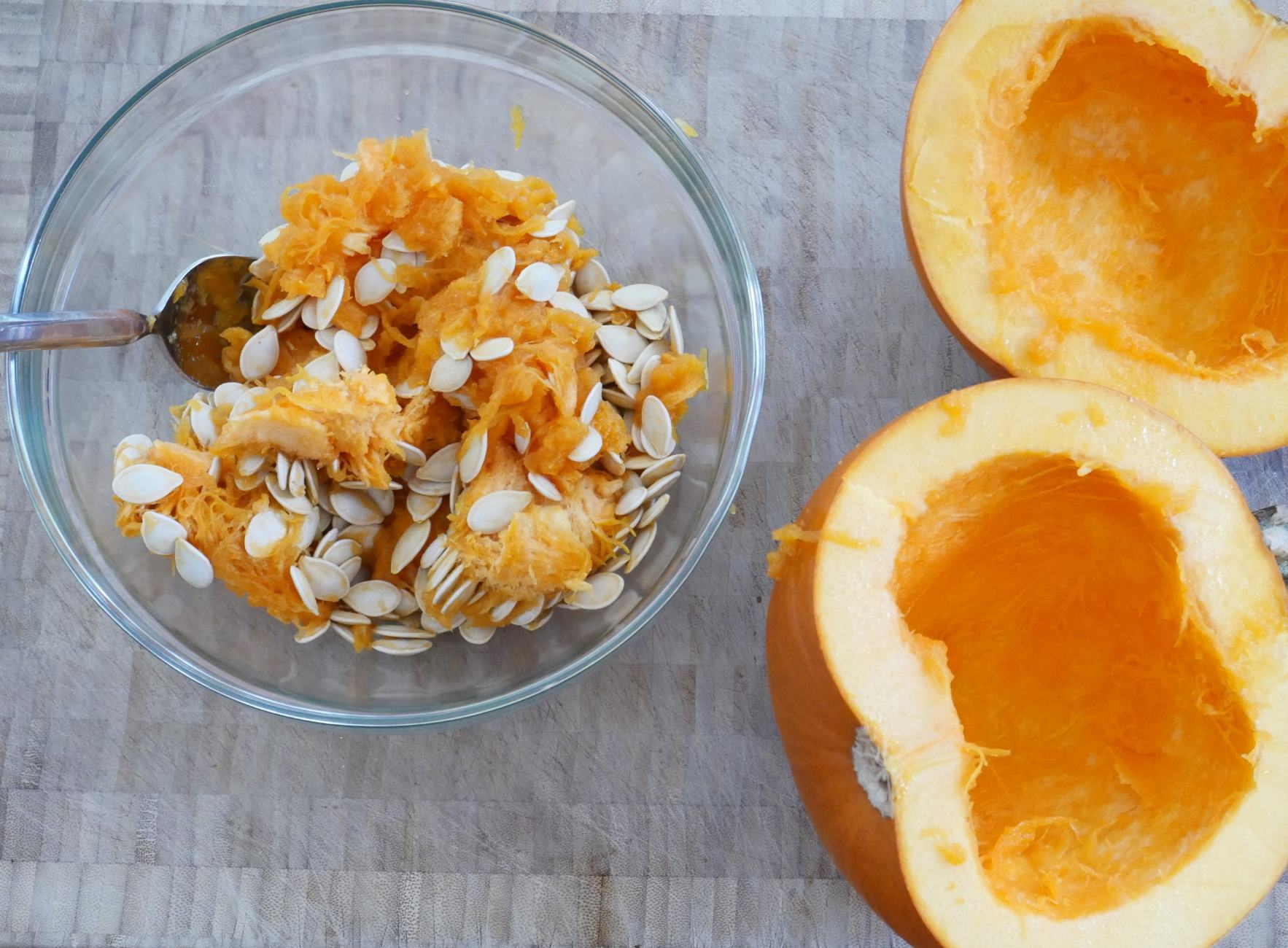

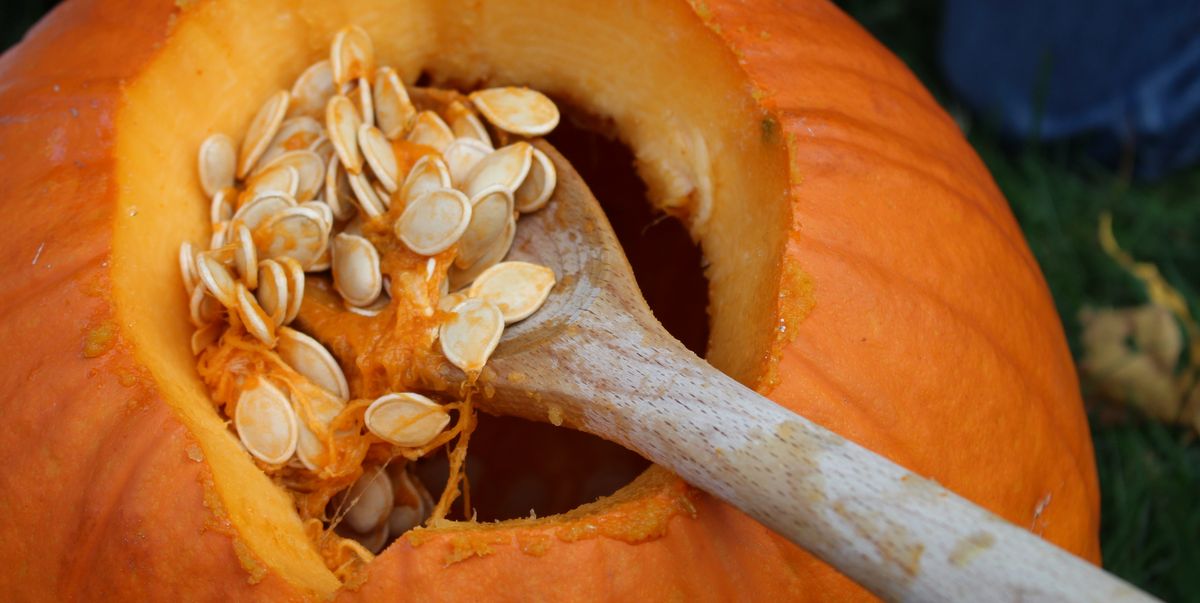

0 thoughts on “Why Do Fruits Have Seeds”